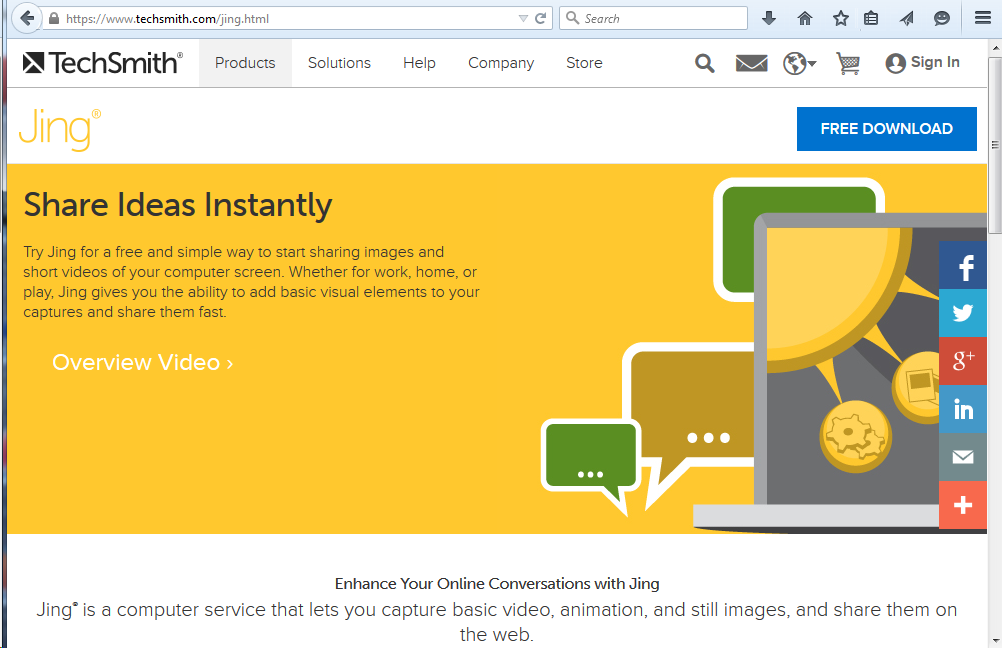Have a listen to the following podcast, which is based on an article I recently read. The article link is below, as is the text of the podcast.
http://www.vox.com/2016/1/27/10835038/amazon-higher-education
I came across an interesting article the first week of our PIDP 3240 course. I subscribe to a number of newsletters on education and technology, including Academica’s daily top ten. Every weekday morning at about 6 am – shortly before I leave for the bus, I get an email that has today’s top ten news stories in the world of Canadian higher education.
Every day, there is at least one article that talks about technology, and this article from January, by Alexander Holt in the online news magazine Vox, really stood out to me as something that I would likely want to draw on at some point. The article is titled “How Amazon could Destroy College as we know itâ€, and is a fictional account of a speech given by Amazon’s founder and CEO, Jeff Bezos, in the year 2030.
However, it touches on certain aspects of technology and education that are already happening and how they might unfold over the next 15 years. In my course journals, I wrote about how I felt the integration of higher education and technology into workplace learning struck a chord with me.
Firstly, I don’t teach in a college setting, or really have any aspirations to do so, but work very closely with teachers, deans, instructional designers, and others involved in that space.
My next big shocking secret is that I have no University Degree, unlike my three brothers who are all PhDs and live very much in the university world.
I chose a path in the trades as a cook, and have leveraged that expertise plus my knack for picking things up quickly and strong core competencies in the English language and all of the other tenets of an academic education like critical thinking skills and the ability to analyze complex information and think outside the box into a decent white collar job over the last 8 years.
For these reasons, I am drawn heavily to the idea of competency based education, and believe it’s what you can do that matters most. Most recently, I have been doing a lot of work on blended learning and open education, particularly in ways it can help apprentices in the trades complete their certifications, but also how I can use similar approaches to help support the tourism industry’s training needs, which is the main function of my job.
Let’s get back to the article. In the story, it talks about how Amazon started to first support their employees’ training in traditional bricks and mortar classrooms, and then started use technology to develop internal certifications, and how that expanded into a discovery that many of their university educated employees didn’t have the skills Amazon needed as their employer.
Now these things have already happened in real life and not just at Amazon. Last year, several major international firms based in the UK, including Ernst and Young, Deloitte and Penguin Random House all abandoned their requirements of a university degree as a minimum standard for new hires, citing no real evidence that having a degree meant better on the job performance. We’re not talking about new, nimble start-ups here, these are serious major corporations in the business world.
Next the article starts talking about badging – something that I am very interested in and is just starting to take hold in some fields. Badging is the issuing of mini digital credentials, usually linked to a certain competency area, that is recognized by employers as well as in some academic circles. Think of it as a representation of some training or proof of competence that is small, portable, and can easily be validated or accessed, but has a credible source behind it.
Here’s how it works. Take a short course, or get assessed in an area, and you get a digital badge in your portfolio, and move on. Get a few badges that show you are competent in a whole work area, such as supply chain logistics. When you apply for a new job, you show your digital portfolio and badges, etc. Do you get the picture?
Where the article gets into new territory is the next evolution of this. Holt poses that as companies like Amazon build these internal certification systems and see the value, they will realize that other companies might be willing to purchase these same services from them, particularly if they have a digital delivery system. Hence the birth of the fictional Amazon University in the article.
Overall, I found this article a fascinating read, and that it tied into so many of the concepts and ideas that I came across in our text and research for journal entries. In my last journal, I posed the following question, that Brian suggested I share with my classmates:
Will we ever get to a place where the workplace and the classroom are fully integrated?
Is the google degree, or the Amazon University of the future really that far off? Have a read of the article I have talked about today, and let me know your thoughts.

